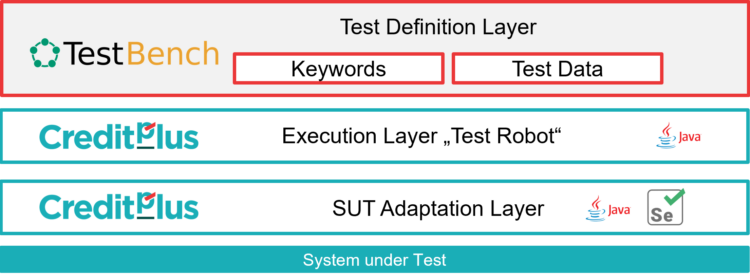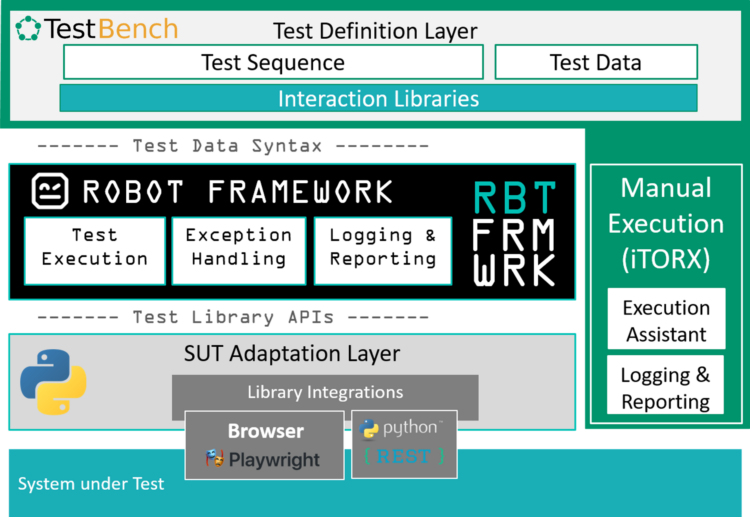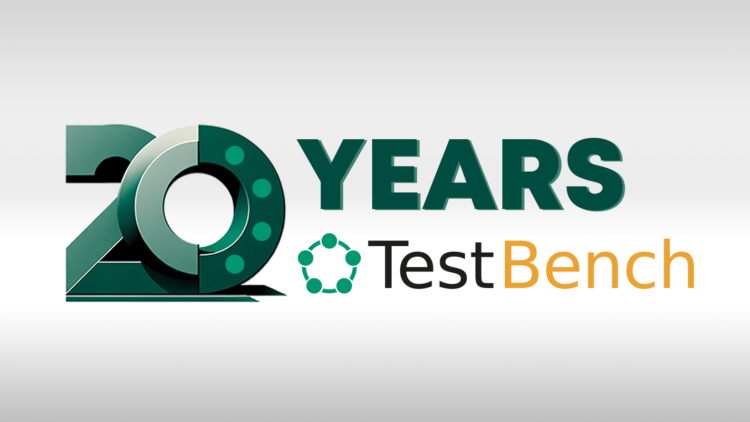
Managed Keyword Driven Testing at Creditplus
Implementation of managed keyword-driven testing with TestBench as a test case management tool and Robot Framework as a test automation framework at Creditplus Bank.
Initial situation
Creditplus Bank AG is a highly specialised consumer credit bank with the business areas of sales financing, direct business and dealer purchase financing. With numerous web-based banking applications and the use of Excel for test case management, Creditplus Bank was faced with the challenge that the maintainability of the tests was no longer given, especially since test data maintenance required permanent adjustments for both manual and automated tests. In addition, the heterogeneous description of the approximately 3,000 test cases made automation considerably more difficult, which meant that the tests were predominantly carried out manually.
Solution approach
These challenges were successfully overcome by implementing the Managed Keyword-Driven Testing method with TestBench as the test case management tool. The use of keywords made it possible to formulate test cases clearly and unambiguously, which significantly increased comprehensibility and improved communication between team members. The creation of keyword libraries promoted the reusability of test modules, which significantly accelerated the test specification. The modular structure thanks to the keywords means that changes can be applied specifically to the keyword in question without affecting the entire test case. In the TestBench, these changes can be made centrally in one place, and when a new version is created, the new keywords are automatically replaced in all relevant places. The high maintenance effort in the test automation could also be significantly minimised by linking each keyword to a small script. The implementation and maintenance of the small scripts requires considerably less effort than extensive and continuously growing scripts for each individual test case.
Implementation
The test automation framework was set up with a 3-layer architecture consisting of TestBench as the test definition layer, the Test Robot (a framework developed in-house by Creditplus Bank) as the execution layer and Selenium as the adaptation layer.

Maintaining the internally developed test automation framework proved to be very time-consuming, which made it necessary to look for a more efficient solution. The Robot Framework was chosen as it optimally supports the keyword-driven testing method and can be seamlessly integrated with TestBench. As the description of the test case is independent of the underlying technology in a generic test automation architecture and a change in one layer has no effect on the other layers, the switch to the Robot Framework as the new execution layer could be made with only minimal adjustments to the test definition layer.

Conclusion
To summarise, it can be said that the implementation of TestBench in conjunction with the Robot Framework was groundbreaking for Creditplus Bank’s test processes and that several decisive advantages are clearly evident.
Firstly, TestBench considerably simplifies and accelerates the creation and maintenance of test cases. Before the implementation of the new solution, a considerable amount of work was required for the further development and error correction of the execution layer Test Robot. The transition has significantly reduced this and, at the same time made the maintenance of all tests and the entire test automation framework more efficient.
The seamless integration of automation into the test process ensures end-to-end traceability of requirements, test specifications, test results and errors. There is also no longer a gap between the technical test specification and the implementation of the test automation, which leads to more precise and traceable test documentation.
Another decisive advantage is that the planning and control of both manual and automated test activities can now be combined in a single tool. This integrated approach enables efficient coordination of all testing efforts and promotes seamless collaboration across the entire team.
The high flexibility of the Robot Framework in terms of the technologies to be automated enables a wide range of applications. The fact that it is an open source tool eliminates the need to maintain and service the tool. Being recognised as a market standard also makes it easier to recruit specialist staff who are already familiar with the framework.
Overall, the introduction of TestBench and Robot Framework has optimised the test tool landscape and contributes significantly to higher quality software products.



